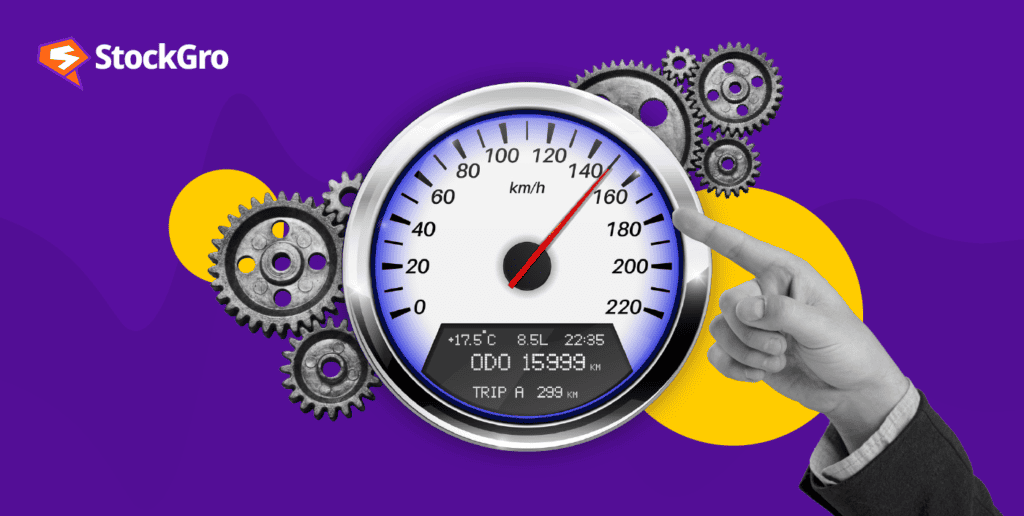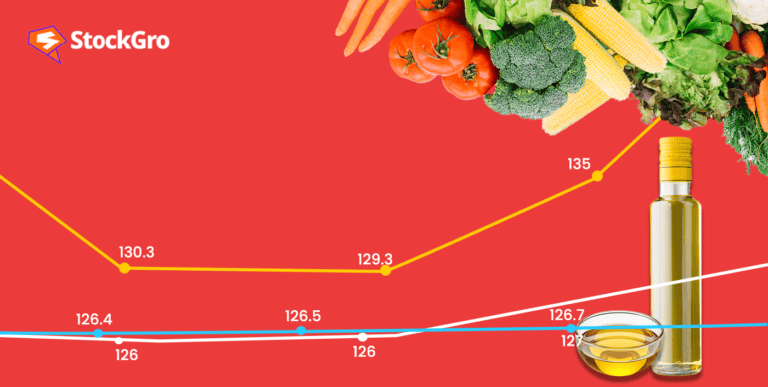
Capital gearing is a fundamental concept in finance that delves into how companies choose to fund their operations and growth. This article explores the intricacies of capital gearing, shedding light on its definition, significance, and the impact of gearing ratios on financial health.
What is capital gearing?
Capital gearing, often referred to as financial leverage, is a financial metric that indicates how a company funds its operations and expansion. Capital gearing quantifies the percent of a company’s capital structure that is funded by debt as opposed to equity.
A high gearing ratio suggests a significant reliance on debt for financing, potentially magnifying returns but also increasing financial risk.
Conversely, a low gearing ratio reflects a conservative approach with more equity funding, reducing financial risk but potentially limiting returns. Striking the right balance is crucial for a company’s financial health, as excessive debt can lead to financial instability, while too much equity may hinder growth.
You may also like: Unlocking financial insights: The power of ratio analysis
Calculation of gearing ratio
The gearing ratio assesses a company’s capital structure, revealing how it’s financed through debt (from creditors) versus equity (from shareholders). Gearing ratios help gauge liquidity and long-term financial stability.
Debt carries bankruptcy risk, but it can amplify gains and losses if used wisely.
It is considered cost-effective up to a point, as long as default risk remains manageable. Providers of debt financing have higher priority in case of bankruptcy, increasing their chances of recovering their capital.
Additionally, interest paid on debt is tax-deductible, creating an “interest tax shield.”
Capital gearing ratio formula: Gearing ratio = Shareholder’s equity ÷ Capital with fixed costs
The gearing ratio is often like the debt-to-equity (D/E) ratio, measuring debt’s proportion to total equity.
Debt-to-Equity Ratio = Total Debt ÷ Total Equity Compares total debt to shareholders' equity. Equity Ratio = Total Equity ÷ Total Assets Shows the equity-funded portion of assets. Debt Ratio = Total Debt ÷ Total Assets Compares total debt to total assets.
These ratios assess financial risk and capital structure differently. Gearing ratios are evaluated by lenders to determine a borrower’s capacity to make interest payments and repay debt without defaulting.
In search of a high return on investment, stockholders use gearing ratios to assess a company’s default risk and ability to produce value.
Also Read: Interest coverage ratio – A practical guide
Types of capital gearing
High Gearing: When an organisation relies on debt to finance its working, resulting in a higher debt-to-equity ratio. This increases financial leverage but also raises the risk of financial distress. High gearing can amplify both gains and losses, offering higher potential returns but also greater financial risk.
Low Gearing: When the organisation relies on financing the equity and has a lower debt-to-equity ratio. This reduces financial risk but may limit the potential for leveraging investments. Low gearing provides stability but may limit potential rewards.
Also Read: Understanding the P/E ratio
Factors influencing capital gearing ratio
- Nature of industry: Capital gearing is influenced by the industry in which the organisation operates. Some industries, like utilities, tend to have stable cash flows and can afford higher levels of debt, while others, like technology startups, may prefer lower gearing due to higher business volatility.
- Company strategy: Companies with aggressive growth strategies may opt for higher gearing to finance expansion and increase returns. Conversely, those with conservative strategies may prefer lower gearing to minimise financial risk.
- Consistency: Stable and predictable earnings provide companies with greater confidence to take on higher levels of debt. In contrast, volatile earnings may prompt companies to maintain lower gearing ratios.
- Tangible vs. Intangible assets: Companies with significant tangible assets (e.g., manufacturing plants) may use them as collateral for loans, allowing higher gearing. Firms with more intangible assets (e.g., tech companies with intellectual property) may have lower gearing due to limited collateral options.
- Expected growth rate: Companies with high growth prospects may choose higher gearing to fund expansion. Slower-growing companies may favour lower gearing to reduce financial risk.
- Interest rate trends: The prevailing interest rate environment can influence capital gearing decisions. Low-interest rates stimulate organisations to borrow, while high rates may deter them.
- Dividend obligations: Companies committed to paying high dividends may prefer lower gearing to ensure they can meet dividend obligations without straining finances.
- Regulatory constraints: Industry-specific regulations may limit the amount of debt a company can take on, influencing capital gearing levels.
- Investor perception: Investor sentiment and market conditions can impact a company’s ability to raise debt capital. Favourable market conditions may encourage higher gearing.
- Creditworthiness: A company’s credit rating affects its ability to secure favourable debt terms. Higher-rated companies can access debt at lower costs, influencing gearing choices.
- Macroeconomic factors: Economic conditions, such as inflation rates, unemployment, and overall economic stability, can influence gearing decisions.
- Tax benefits: Interest is tax-deductible, making it financially advantageous for companies to use debt financing. Tax laws and regulations can affect gearing choices.
- Industry competition: The competitive environment in an industry may affect gearing choices. Companies may adjust their gearing to remain competitive in their market.
- Management’s attitude: The risk appetite and financial philosophy of a company’s management can significantly impact capital gearing decisions.
- Market access: Companies with easy access to capital markets may find it simpler to raise equity, influencing their gearing preferences.
Bottomline
In conclusion, capital gearing is a nuanced financial strategy that plays a crucial role in shaping a company’s financial health and risk profile. Understanding the factors influencing capital gearing is vital for making informed decisions that align with a company’s goals and risk tolerance.
Whether opting for high gearing to fuel growth or low gearing to mitigate financial risk, a balanced approach is key. Successful capital gearing strategies consider industry dynamics, economic conditions, and internal factors to strike the right balance.
Ultimately, the choice of gearing level should align with a company’s unique circumstances and long-term objectives.

